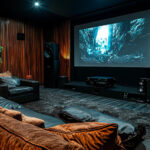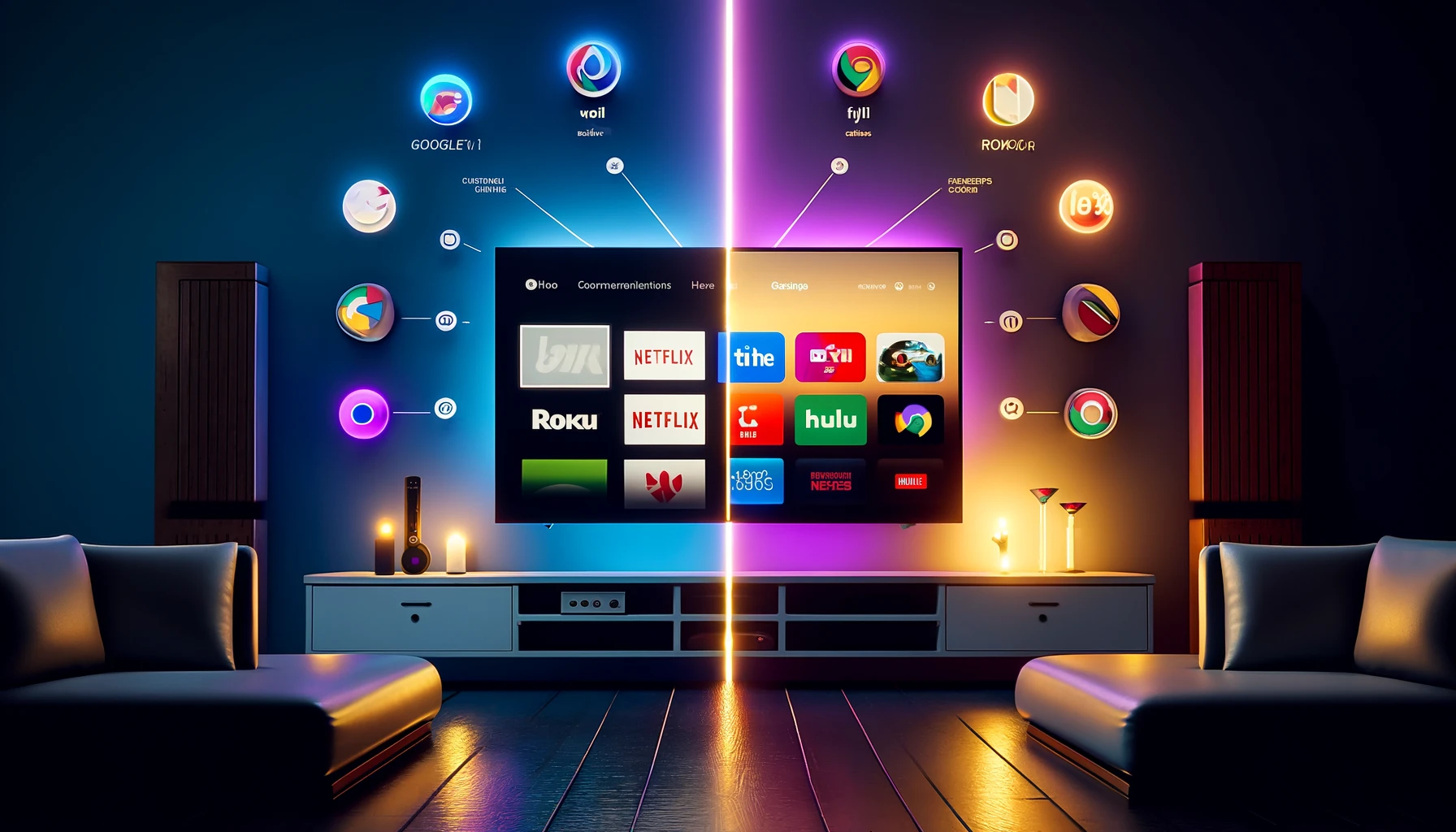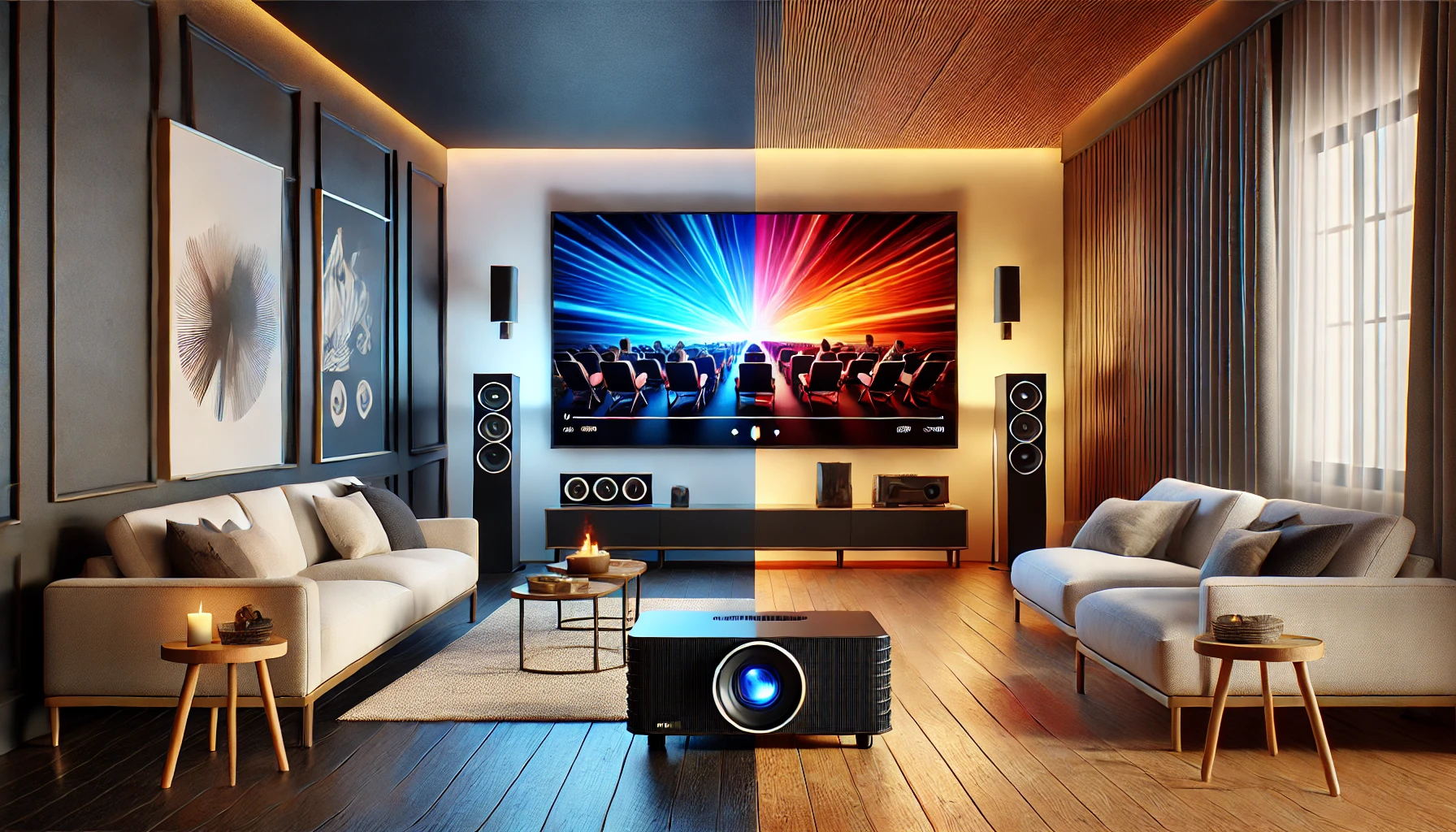Sonos and Bose each possess unique advantages that cater to different audio preferences. Sonos excels in multi-room audio solutions, offering crisp sound and advanced smart home integration. Its emphasis on customization and affordable entry models appeals to tech-savvy consumers. Conversely, Bose is distinguished by its remarkable bass quality and durable designs, which resonate with audiophiles. It targets consumers seeking premium sound and robust support. Ultimately, the choice between Sonos and Bose hinges on individual needs regarding sound quality, product versatility, and design preferences. Exploring further offers insights into how these brands align with specific audio aspirations.
Brand Overview
Both Sonos and Bose are frequently recognized leaders in the audio technology industry, each boasting a distinct brand identity and product philosophy.
Established in 2002, Sonos has quickly gained traction, positioning itself as a pioneer in multi-room audio systems and smart speaker technology. The brand history of Sonos is characterized by an innovative approach to wireless sound, emphasizing user-friendly integration with various streaming services. This has fostered a strong brand reputation among tech-savvy consumers who value versatility and ease of use.
Conversely, Bose, founded in 1964, has long been synonymous with high-quality audio products, especially in the areas of noise-canceling headphones and home audio systems.
The brand history of Bose reflects a commitment to research and development, often prioritizing sound quality and engineering excellence. This dedication has solidified Bose’s brand reputation as a trusted choice for audiophiles and casual listeners alike, who often seek premium performance.
Sound Quality Comparison
When evaluating sound quality, both Sonos and Bose present compelling offerings, yet their approaches and resulting audio characteristics differ markedly.
Sonos speakers are renowned for their emphasis on audio clarity, delivering crisp highs and midrange frequencies that enhance vocal and instrumental detail. The brand’s proprietary Trueplay tuning technology allows users to optimize sound based on their room’s acoustics, contributing to a more tailored listening experience.
In contrast, Bose is celebrated for its remarkable bass response, often providing a richer, deeper sound that appeals to those who favor low-end frequencies. The brand’s use of advanced signal processing and speaker design, including its well-known Waveguide technology, allows for impressive sound reinforcement in compact packages. This results in a full-bodied audio experience that can fill larger spaces effectively.
While Sonos excels in providing detailed, clear audio across various genres, Bose tends to captivate listeners with its impactful bass and immersive soundstage.
Ultimately, the choice between Sonos and Bose comes down to personal preference: a desire for pristine audio clarity versus a craving for powerful bass response. Each brand offers unique strengths that cater to different listening tastes.
Product Range and Features
The differences in sound quality between Sonos and Bose extend into their respective product ranges and features, which reflect each brand’s philosophy and target audience.
Sonos primarily focuses on creating a seamless multi-room audio experience, while Bose emphasizes high-quality sound and premium aesthetics.
1. Product Range: Sonos offers a broader range of multi-room speakers, soundbars, and home theater systems designed for wireless connectivity, allowing users to play music throughout their home effortlessly.
In contrast, Bose provides a variety of sound systems, including portable Bluetooth speakers and high-end home audio systems.
2. Smart Home Integration: Sonos excels in smart home integration, featuring compatibility with various voice assistants like Amazon Alexa and Google Assistant, enhancing user convenience.
Bose also supports smart home features but with fewer options for seamless integration.
3. Streaming Services: Both brands support major streaming services, but Sonos includes more native app integrations, enhancing user flexibility.
4. Sound Customization: Sonos systems often come with advanced sound customization options, such as Trueplay tuning technology, which optimizes sound based on room acoustics.
Bose systems generally provide a more straightforward audio experience.
Ultimately, each brand caters to distinct consumer needs, shaping their product offerings accordingly.
Design and Aesthetics
Sonos and Bose exemplify distinct design philosophies that reflect their brand identities and target audiences. Sonos embraces a minimalist appeal, characterized by sleek lines and a subtle aesthetic that integrates seamlessly into contemporary living spaces. Their products often feature a monochromatic color scheme, allowing them to blend effortlessly with various interior designs. This approach appeals to consumers seeking modern, unobtrusive technology that complements their home decor.
In contrast, Bose takes a more robust and dynamic design approach, often employing modern finishes that convey a sense of sophistication and durability. Their speakers and sound systems are typically designed with a focus on a more pronounced presence, showcasing bold shapes and a variety of color options that cater to diverse consumer preferences. This aesthetic resonates with users who prioritize both performance and style, making Bose products stand out in a room.
Ultimately, while both brands prioritize functionality and sound quality, their design philosophies cater to different tastes. Sonos aims for understated elegance, whereas Bose leans toward assertive design, allowing consumers to choose based on personal aesthetic values and lifestyle compatibility.
Pricing and Value
In the competitive landscape of audio technology, pricing and value play essential roles in consumer decision-making. When comparing Sonos and Bose, it is vital to evaluate how each brand aligns with various budgets and how their products serve as long-term investments.
- Price Range: Sonos typically offers a broader range of pricing, with entry-level models starting lower than many Bose products.
- Budget Options: While both brands provide budget options, Sonos’ affordable speakers are often seen as a gateway into their ecosystem, appealing to cost-conscious consumers.
- Long-term Investment: Bose products, while generally priced higher, are perceived as durable and reliable, often justifying the initial expense through longevity and performance.
- Value Proposition: Sonos emphasizes software updates and multi-room capabilities, enhancing value over time, while Bose focuses on premium audio quality, appealing to audiophiles.
Ultimately, the choice between Sonos and Bose hinges on personal preferences regarding budget constraints and the perceived value of features versus audio quality.
Each brand presents compelling options suited to different consumer needs, making it imperative for buyers to assess their priorities in pricing and long-term benefits.
User Experience and Support
User experience and support are pivotal factors that contribute greatly to consumer satisfaction and brand loyalty in the audio technology market. In comparing Sonos and Bose, both brands exhibit distinct approaches to user experience and customer support services.
Sonos places a strong emphasis on user-friendliness, with a streamlined app interface that facilitates easy setup and multi-room audio control. Customer feedback often highlights the intuitive design and seamless integration with streaming services, enhancing overall user satisfaction.
Additionally, Sonos provides extensive online resources, including troubleshooting guides and community forums, which empower users to resolve issues independently.
On the other hand, Bose prioritizes robust support services. The brand offers a variety of contact methods, including phone, chat, and email support, ensuring users can easily access help when needed.
Customer feedback frequently praises Bose for its responsive service and knowledgeable representatives. However, some users express a desire for a more thorough self-service resource library.
Ultimately, while Sonos excels in creating an engaging user experience, Bose stands out for its commitment to responsive support services. Each brand’s strengths cater to different consumer preferences, making the choice largely dependent on individual priorities.
Frequently Asked Questions
Which Brand Has Better Smart Home Compatibility?
When evaluating smart home compatibility, it is essential to contemplate ecosystem flexibility. Brands that prioritize seamless smart home integration typically offer extensive compatibility with various devices, enhancing user experience and simplifying automation within interconnected environments.
How Do Sonos and Bose Handle Software Updates?
Both brands prioritize software stability and update frequency, with Sonos providing regular enhancements and new features, while Bose also focuses on system performance and user experience. Each brand’s approach reflects their commitment to continuous improvement and customer satisfaction.
What Are the Warranty Periods for Each Brand?
Examining the warranty differences reveals that Sonos generally offers a one-year coverage duration for most products, while Bose typically provides a two-year coverage duration, reflecting distinct approaches to product assurance and customer support strategies.
Are There Any Known Reliability Issues With Either Brand?
In the domain of audio excellence, reliability comparisons reveal that both brands exhibit commendable performance. However, user experiences indicate occasional concerns with connectivity and software updates, underscoring the importance of thorough research before purchasing.
Which Brand Offers Better Customer Service Response Times?
Evaluating customer service response times reveals that both brands utilize various service channels. Customer feedback indicates that while response times can vary, Bose often receives higher ratings for promptness compared to Sonos, reflecting differing service efficiencies.
Conclusion
To summarize, the comparison between Sonos and Bose reveals that both brands excel in distinct areas, presenting unique advantages to consumers. While Bose is often praised for its superior sound quality and innovative noise-cancellation technology, Sonos distinguishes itself with a robust multi-room audio system and seamless integration with smart home devices. Ultimately, the choice may hinge on individual preferences regarding sound characteristics, product ecosystems, and design aesthetics, underscoring the complexity of consumer decision-making in the audio market.






